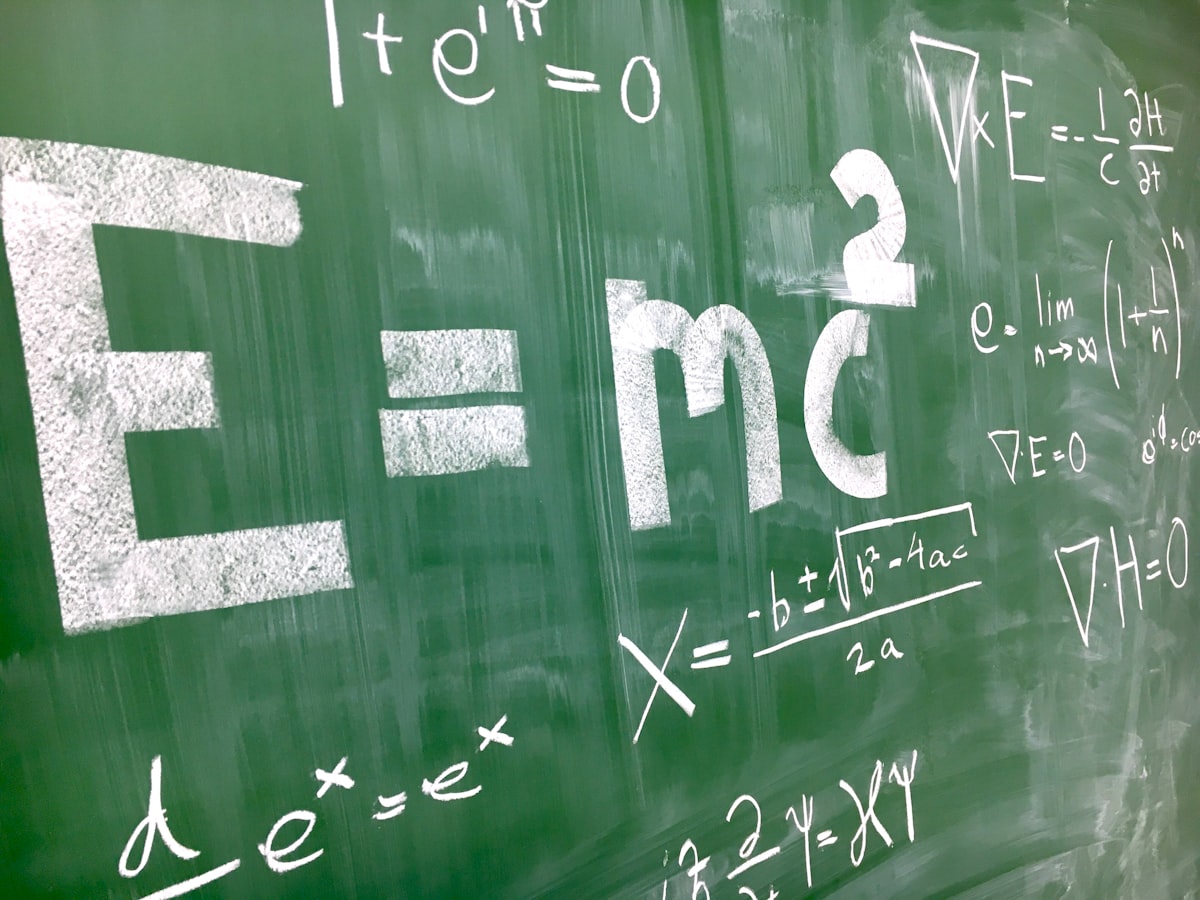Learning Essential Math for Data Science
Math is the foundational data science skill, and having a strong mathematical intuition is essential for success in data science, which heavily relies on machine learning.

Learning math is essential for anyone wanting to pursue a career in data science. Not only does it equip you with the tools to analyze data and gain meaningful insights, but it also helps hone your problem-solving skills, which are necessary for creating efficient algorithms and models.
Mathematics is the foundation of deep learning, which is becoming increasingly important in data science practice. You may not need the same depth of knowledge as ML/AI engineers, but it is crucial to develop fundamental skills as a practitioner.
If you’re feeling overwhelmed by maths or unwilling to solve an equation, there are plenty of quality resources available to help you get started. It is very common for beginners to feel intimidated by maths, but with practice and dedication, you can gain a thorough understanding. So don't be afraid to take the plunge - learning math can be incredibly rewarding!
We recommend Mathematical Thinking by Terence Tao, a masterclass taught by a world-renowned mathematician, for improving your grasp of the basics.
In this study guide, we explain clearly the mathematical concepts you need to learn to build a strong data science portfolio.
Essential Mathematical Concepts for Data Science
Data science practice is math-oriented as it involves the application of various mathematical concepts, such as statistics, probability, linear algebra, calculus, and optimization theory.
Let's explore how much math is required for a strong data career.
Algebra
Algebra provides the foundation for understanding and manipulating data. Algebraic equations and formulas are used to describe relationships between variables, which are essential for data analysis.
Algebra also provides the tools for understanding and interpreting data, such as linear regression and other statistical methods. It is also used to develop algorithms and models that can be used to make predictions and decisions based on data.
To gain a strong foundation in data science, it is helpful to learn basic algebra concepts such as linear equations, linear functions, polynomials, exponentials, and roots.
Calculus
Calculus provides the mathematical tools necessary to analyze and interpret data. Specifically, differential calculus is used to understand how data changes over time, while integral calculus is used to calculate the area under a curve or the total sum of a data set. Additionally, multivariate calculus is used to analyze data with multiple variables.
The knowledge of calculus plays a crucial role in many machine learning algorithms. Calculus is far from being the hardest when compared to linear algebra. As a beginner, you need to focus on the basics of Differential and Integral Calculus, including functions, limits and continuity.
Calculus is essential for neural net and algorithms to increase their accuracy and performance. Here are a few resources to learn calculus for data science.
- Data Scientist with Python Career Track
- Mathematics for Machine Learning: Multivariate Calculus (Highly recommended)
Probability and Statistics
Learning probability and statistics is essential for data science. These subjects are used to analyze data, make predictions, and draw conclusions.
Probability is the study of randomness and uncertainty, while statistics is the study of collecting, organizing, analyzing, and interpreting numerical data. Data scientists use both probability and statistics to analyze data, make predictions, and develop models for decision-making.
Here are some resources to get started.
- Basic Statistics for Data Science Beginners
- Probability and Statistics Courses
- Learn Statistics with Python
- Learn Introductory Statistics with R
Linear Algebra
Linear algebra takes arithmetic and supercharges it for the applications of data science, such as image recognition, text analysis, and dimensionality reduction. All data scientists should have a solid grasp of linear algebra.
Linear algebra is an essential tool for data science, as it provides a way to represent and manipulate data in a structured and organized manner. It is used to solve systems of linear equations, which are used to model and analyze data, as well as to perform matrix operations, which are used to transform data and extract useful information from it. Furthermore, linear algebra is very helpful for performing principal component analysis, a powerful technique for reducing the dimensionality of data.
It is a fundamental topic in data science because machine learning often uses matrices to represent the data being analyzed. Most data science interviewers test your knowledge of matrix algebra and eigenvalues. Matrix algebra powers recommendation engines, such as music recommendations on Spotify, friend suggestions on Facebook, and product recommendation systems on Amazon.
All data scientists should have a solid grasp of linear algebra in order to effectively apply it in applications such as image recognition, text analysis, and dimensionality reduction. Linear algebra topics that are important for data science practice include matrix operations, linear transformations, eigenvalues, and eigenvectors, linear systems of equations, and singular value decomposition.
Here are some of the best resources for learning linear algebra for data science:
- Linear Algebra for data science courses
Optimization
Optimization is an essential process for data scientists to find the best possible solutions to their data-related problems. It involves maximizing or minimizing a certain value in order to find the most efficient way of running an algorithm or selecting the best features for a prediction model.
Advanced data science projects may require knowledge of topics such as linear programming, nonlinear programming, convex optimization, integer programming, dynamic programming, and stochastic optimization. These topics are important for R&D-heavy data science roles because they allow for the optimization of data-driven models and algorithms, which can help to improve the accuracy and efficiency of data-driven decisions.
Learning these topics can be beneficial for any aspiring data scientist who wants to maximize their potential in this field.
Graph theory
Graph theory is an essential part of data science, as it helps to better understand how to represent data and relationships within data. Graphs can be used to identify patterns and trends in the data, as well as clusters of related data points.
Graphs can also be used to visualize complex data, making it easier to understand. By learning graph theory, you can gain a better understanding of how to analyze and interpret complex datasets, which can lead to more accurate predictions and insights.
Closing Note
Mathematics is important for data science because it provides the tools and techniques needed to analyze data and draw meaningful conclusions from it. It is primarily used to develop algorithms and models that can be employed to make predictions and decisions based on data.



